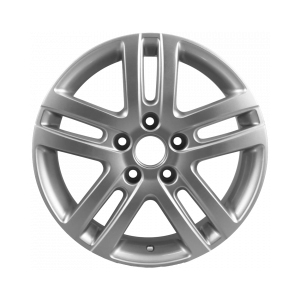Stern tube seal maintenance and replacement for optimal ship performance and reliability.

stern tube seal. Regular inspections should be conducted to check for any signs of wear or damage, such as leaking water or excessive vibration. If any issues are detected, they should be addressed promptly to prevent more serious problems from developing. In addition to regular maintenance, the stern tube seal should also be properly lubricated to reduce friction and wear on the seal. This can be done by using a suitable lubricant that is compatible with the seal material and can withstand the harsh marine environment. Lubrication should be done according to the manufacturer's recommendations to ensure optimal performance of the seal. Overall, the stern tube seal plays a critical role in the safe and efficient operation of a ship's propulsion system. By investing in proper maintenance and lubrication, ship owners can ensure that their vessels remain seaworthy and reliable for years to come. Whether using a lip seal or a mechanical face seal, it is essential to prioritize the upkeep of the stern tube seal to avoid costly repairs and downtime in the future.
-
Understanding the Importance of the Crankshaft Oil Seal in Engine Performance
News Jun.16,2025
-
The Unsung Heroes of Engine Protection: Understanding Automotive Shaft Seals and Oil Seals
News Jun.16,2025
-
Keeping the Engine Tight: The Role of Crankshaft Seals and Gaskets in Oil Control
News Jun.16,2025
-
Complete Protection in Harsh Conditions: A Deep Dive into Cassette Seals
News Jun.16,2025
-
Choosing the Right Oil Seal: A Guide to Trusted Brands and Suppliers
News Jun.16,2025
-
Advanced Sealing Technologies: Exploring the Range of Modern Oil Seals
News Jun.16,2025
-
Your Essential Guide to Car Repair Kits: From Rust to Dings
News Jun.13,2025
Products categories















